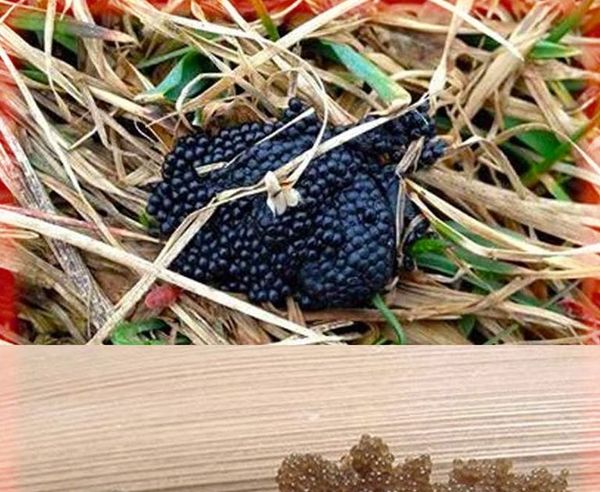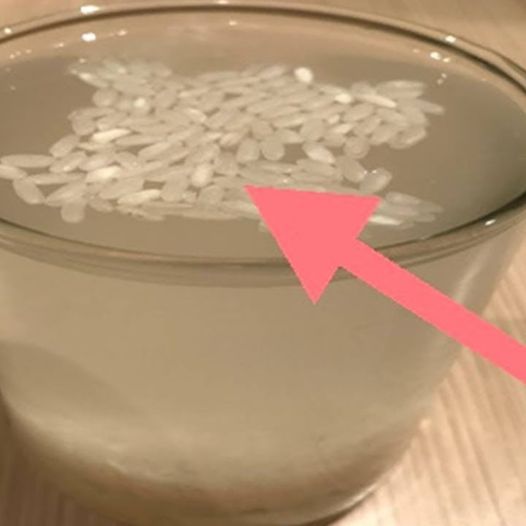
If you discover tick eggs on your property, it’s crucial to take immediate action. Ticks not only carry diseases but can also infest your outdoor spaces when their eggs hatch. To help you identify, handle, and prevent tick eggs effectively, we have prepared this comprehensive guide.
Recognizing Tick Eggs
Tick eggs are incredibly small, about half the size of a poppy seed (0.5 mm). The shape of the eggs can vary depending on the tick species, ranging from oval to pear-shaped. They may appear transparent or slightly white in color. Ticks usually lay their eggs in clusters on surfaces such as plants, leaf litter, or the ground. As the eggs mature, they may become more opaque, taking on a color closer to that of adult ticks. The eggs can range in color from pale yellow to light brown and often have a glossy, smooth appearance.
Risks Associated with Tick Eggs
One of the main concerns with tick eggs is the potential for them to develop into larvae that can transmit illnesses like Rocky Mountain Spotted Fever and Lyme disease. Handling tick eggs with caution is essential to prevent the spread of these diseases.
To continue reading for the complete steps on how to control tick eggs and keep your property safe from infestation, please head on to the next section.




